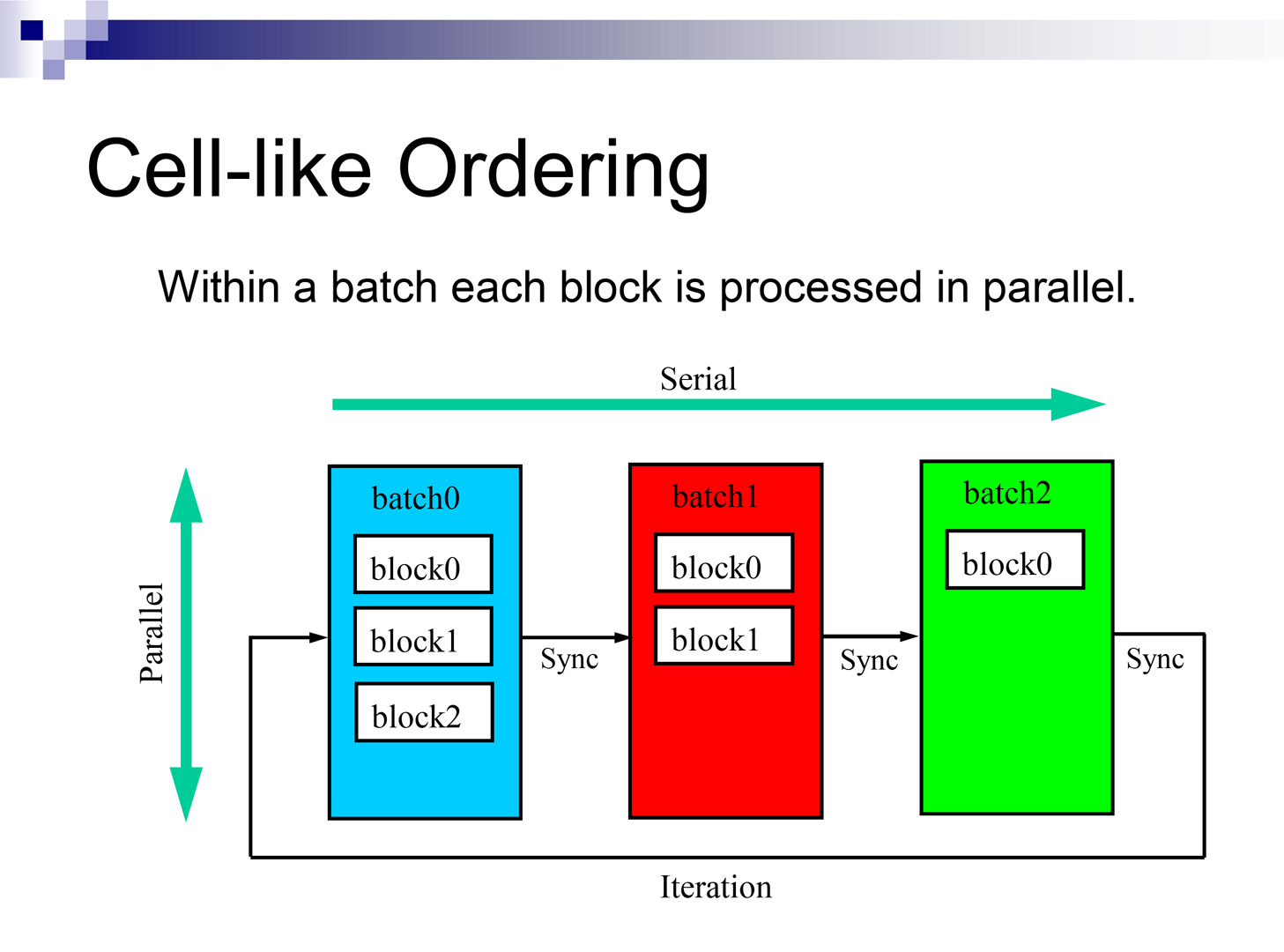“Practical Rigid-Body Physics for Games: Stabilization, Acceleration, and Parallelization” by Tsuda
Conference:
Type(s):
Title:
- Practical Rigid-Body Physics for Games: Stabilization, Acceleration, and Parallelization
Presenter(s)/Author(s):
Abstract:
In the latest game platforms, simulation parallelization has become essential technology. This tutorial on real-time rigid-body simulation and its application in video games examines how to achieve high-speed, stable simulations under the limits imposed by a high frame rate of 60 FPS. Methods examined include the Constraint-Based Method (LCP) and the Impulse-Based Method, commonly used in both commercial and open-source engines.
Because iterative solvers are used as the basic technology for modern physics engines, stability and speed are essentially two sides of the same coin. So the course focuses on achieving stability in the simulation, using as few iterations as possible. After introducing the latest knowledge presented at SIGGRAPH and GDC, the course explains some effective reform measures. Application of parallelization technology developed in the field of high-performance computing to game-engine development is explored through practical examples and real-time demonstrations of Korei’s physics simulator and comparisons with the effectiveness of existing methods.
Additional Information:
Prerequisites
Elementary physics, an understanding of linear algebra, calculus, and differential equations. Advanced knowledge of numerical simulation is unnecessary.





